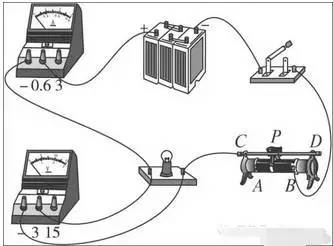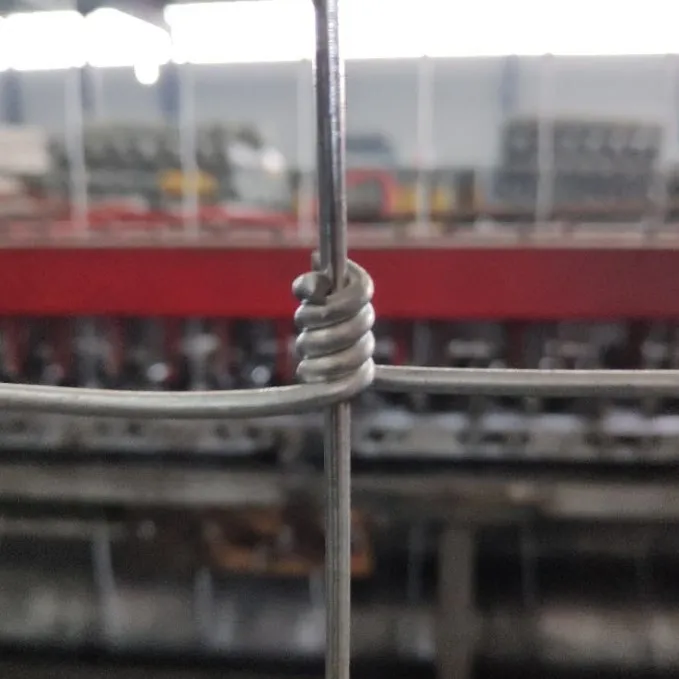Power refers to the speed at which an object performs in a unit of time. That is, power is the physical quantity that describes how fast a job is performed. The amount of work is certain, the shorter the time, the greater the power value. The formula for power is power = work/time.
Physical meaning: The physical quantity that expresses the power of the object.
Physical definition: The power done in a unit of time is called power. Power is the physical quantity that expresses how fast an object is doing work.

formula
Power can be divided into electric power, force power and so on. Therefore, the calculation formula is also different.
Electric power calculation formula: P=W/t=UI; in pure resistance circuit, according to Ohm's law U=IR substituted into P=UI can also be obtained: P=I*IR=(U*U)/R.
In dynamics: power calculation formula: 1. P = W/t (average power) 2. P = FV; P = Fvcosa (instantaneous power).
Since W=F(f force)×S(s) (function definition), the formula for power can also be derived as P=F·v:P=W /t=F*S/t=F* V (this formula applies to the object to do a uniform linear motion).
unit
P denotes power, the unit is "Watt", abbreviated as "Watt", and the symbol is "W". W denotes work, the unit is "joule", abbreviated as "coke", and the symbol is "J". "t" indicates time, the unit is "second", and the symbol is "s".
The higher the power, the higher the speed and the higher the maximum speed of the car. The maximum power is often used to describe the power performance of the car. The maximum power is generally expressed in horsepower (PS) or kilowatts (kW), and 1 horsepower is equal to 0.735 kilowatts. 1W=1J/s
How to properly configure the camera power supply of the entire monitoring system?
Many programs have found that the original design of the power supply capacity is not enough, the need for additional equipment, resulting in wraps with the Party. In fact, because the camera starts at a momentary instant and the starting current is very large, coupled with the loss of long-distance transmission over the project, the power required by the surveillance camera is not simply the sum of the rated power of all cameras.
The correct approach is to add the rated power of the camera of the entire surveillance system by 1.3 times. This is the actual power required by the camera, and then adds about 30% of the loss. Finally, 30% of the margin is added as Expand capacity in the future.
for example:
If a business building has 100 fixed gun cameras and each surveillance camera has a rated power of 4W, how do we configure the camera's power supply?
According to the above calculation method, we calculated that the rated power of the camera is 4W*100 units=400W
The actual power used by the camera is 400W*1.3=520W
After considering the loss, the power required by the camera is 520W*1.3=676W
In addition to the power supply margin, the power required for the final configuration of the camera is 676W*1.3=878W.
Summarized as follows: The power source that the camera needs to configure = The power rating of the camera *1.3*1.3*1.3
(Note: If the monitoring distance is extremely long, it is necessary to increase the power supply and increase the power supply voltage.)
Surveillance camera power configuration, the most taboo?
The most taboo is: The entire monitoring system shares a power supply. The reason is as follows:
1. When the system is being repaired, it is often necessary to turn the power on and off. All cameras are started at the same time when the power is turned on, and the starting current is particularly large. The impact on the power supply is great, and the power will be severely burned.
2. All surveillance cameras share a single power supply. When the power supply fails, the entire closed-circuit monitoring system is paralysed. In particular, the images of some important entrances and exits cannot be monitored and may cause unnecessary trouble.
3. What is the correct way to do this? As in the above example, a commercial building has 100 fixed cameras, and a total of about 800 W of power is required. The correct configuration should be to select 4 sets of 200 W power supplies. In this way, when a certain power supply fails, the cameras at the important entrances and exits can be connected to other good power supplies so as not to affect the work of the entire system.
Filed fence also can be called the cattle fence, Grassland Fence, sheep fence, farm fence,etc. It is with the great toughness, prevent slippery, compressive strength, corrosion resistance, windproof, rainproof regardless of how bad the natural conditions. Besides, it can ensure the service life up to decades years.

Cattle fence
The hinge joint knots is the most common knot in agricultural fencing. The knot is formed by wrapping the vertical stay wire pieces around the line wire at each intersection. This design can also absolve animal impact without damage and is the most economical knot choice available.

Deer fence
Fixed knot field fence considered top-of-the-line as the fixed knot utilizes a separate piece of wire tightly wrapped around the line wire and stay wire, increasing the fence's vertical strength allowing for increased post spacing and making it very resistant to animal damage.
Farm Fence,Cattle Fence,Horse Fence,Grassland Fence,Sheep Fence,Ranch Fences
Anping Bochuan Wire Mesh Co., Ltd. , https://www.wiremeshbocn.com